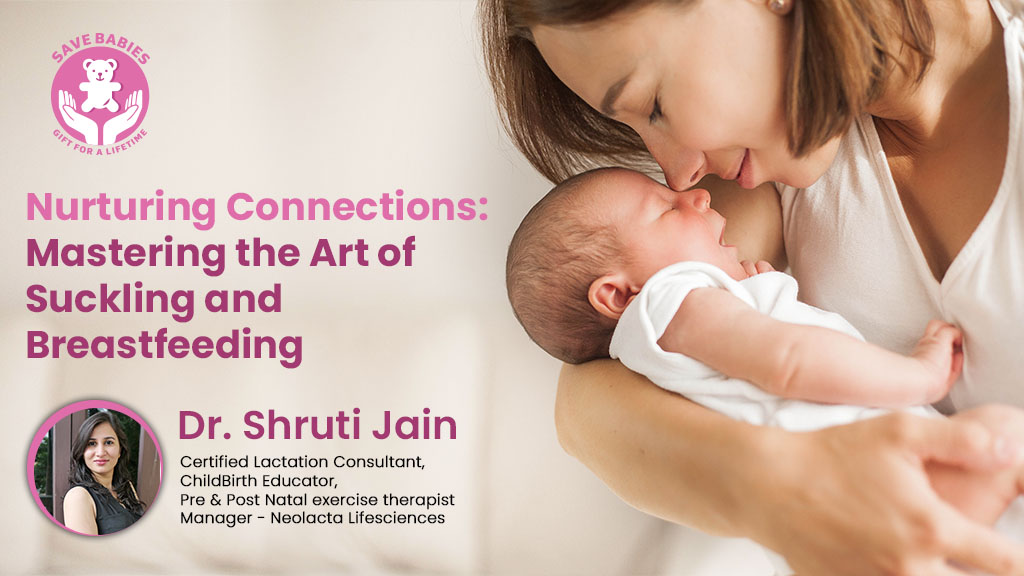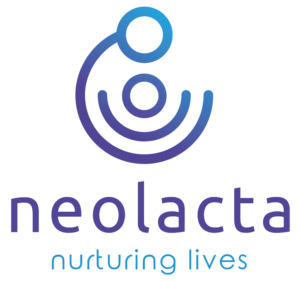Breastfeeding is an intricate dance between a mother and her baby, a harmonious connection that transcends nourishment and nurtures bonds that last a lifetime. Central to this dance is the baby’s ability to suckle, a skill essential for drawing nourishment from the breast. In this blog, we delve into the delicate art of suckling and breastfeeding, exploring the anatomy of suckling, the nuances of good and poor attachments, and the significance of comfort or non-nutritive suckling in nurturing connections between mothers and their little ones.
Anatomy of Suckling: The Dance of Muscles and Reflexes
Suckling is more than a simple act of feeding; it’s a coordinated symphony of muscles and reflexes. When a baby latches onto the breast, a series of complex movements occur. The baby’s tongue, palate, and jaw work together to create a vacuum that draws milk from the breast. Meanwhile, the baby’s cheeks move rhythmically to maintain the latch, and the peristaltic motion of the tongue propels the milk toward the baby’s throat. This intricate choreography is a testament to the baby’s natural ability to feed and thrive.
Good and Poor Attachments: The Key to Successful Breastfeeding
A successful breastfeeding experience hinges on a good latch. A good attachment means that the baby is effectively latched onto the breast, allowing for efficient milk transfer and minimal discomfort for the mother.
Signs of a good latch include:
- The baby’s mouth covering a significant portion of the areola
- Lips flanged outward
- The baby’s chin touching the breast.
A good latch promotes effective milk removal, reducing the risk of issues like sore nipples and engorgement.
Conversely, a poor attachment can lead to several breastfeeding challenges. Shallow latches, ineffective sucking, and painful nursing sessions are common outcomes of poor attachments. To ensure a good latch, mothers can seek guidance from lactation consultants or healthcare providers. A proper latch is essential not only for efficient milk transfer but also for a comfortable and enjoyable breastfeeding experience for both mother and baby.
Comfort and Non-Nutritive Suckling: Beyond Feeding
Breastfeeding is about more than nutrition; it’s about comfort and connection. Comfort suckling, also known as non-nutritive suckling, is when a baby latches onto the breast for soothing, security, or to establish a sense of closeness with the mother. These moments of bonding are just as important as the act of feeding itself. Comfort suckling can help babies self-soothe, provide reassurance during stressful moments, and strengthen the emotional connection between mother and child.
In conclusion, breastfeeding is a multifaceted journey that encompasses the art of suckling, good attachments, and the significance of comfort or non-nutritive suckling. Understanding the anatomy of suckling and achieving a good latch is vital for successful breastfeeding. However, it’s equally important to recognize the nurturing role that breastfeeding plays in building strong connections between mothers and their babies. This nurturing connection, fostered through the art of suckling, creates bonds that last a lifetime and supports the overall well-being of both mother and child.




